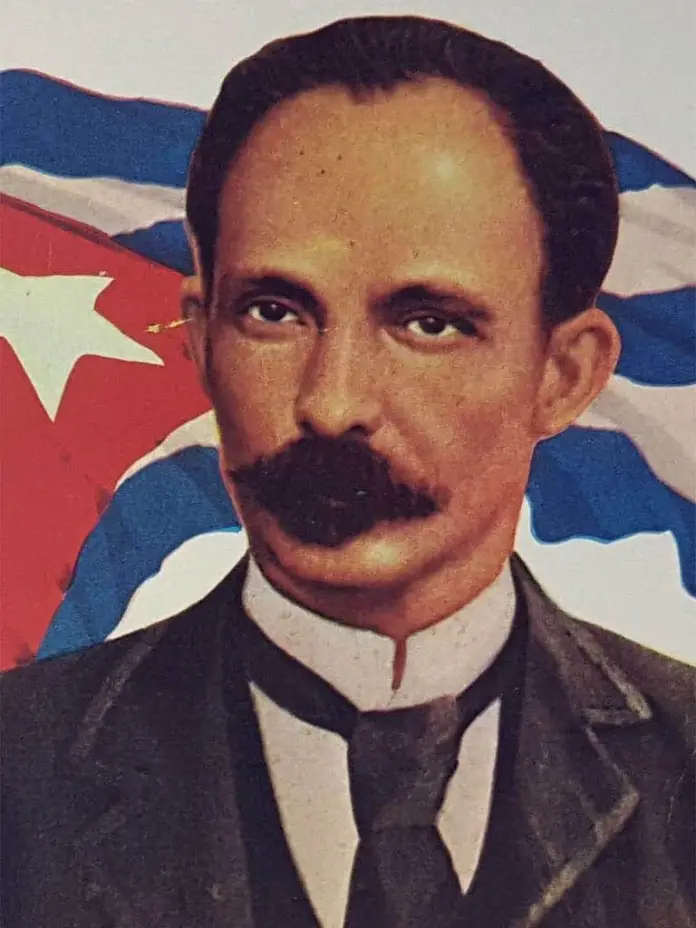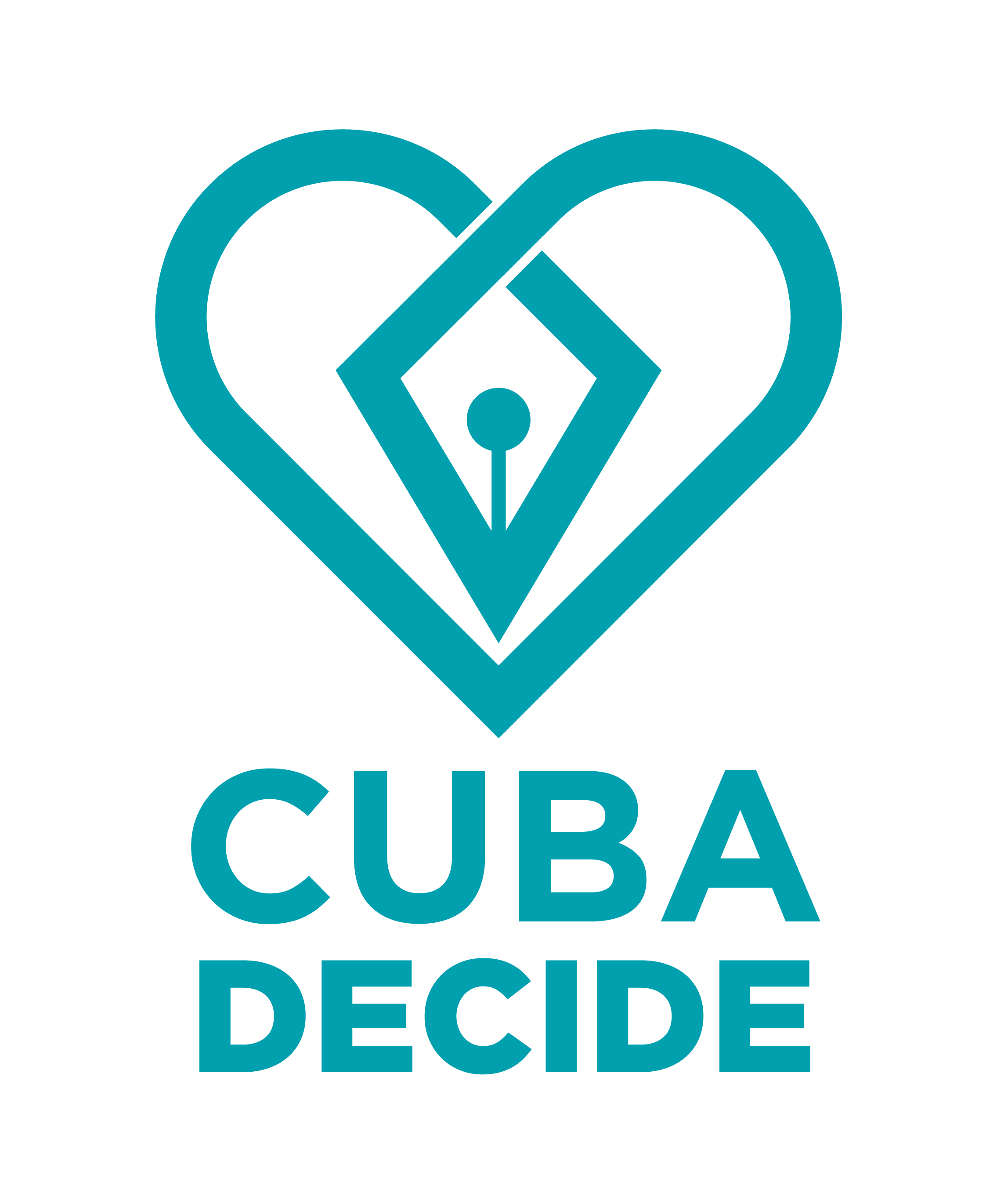COLLABORATE AS A VOLUNTEER OR WITH YOUR DONATION SO THAT “CUBA DECIDE” CAN CONTINUE FIGHTING FOR THE RIGHT TO CHOOSE OF THE CUBAN PEOPLE.
Is it possible for the traditions of a people to combine aspects of European, African, and American cultures? Cuban culture has achieved it. Music, festivals, congri, rum, and tobacco. Land of athletes and artists.
Despite the establishment of the Castro regime, which isolated the island from the rest of the world, Cuban culture has made waves internationally. Both its representatives in different internationally significant events and those who had to exile themselves and recreate the lifestyle they had in their home country managed to keep alive and give hints of the traditions that characterize Cuba. It’s not just the “products” themselves that catch attention, but also the Cubans themselves, who always welcome anyone willing to engage in dialogue with them and learn about the culture of this nation.
Cuban music
Traditional Cuban music, which boasts more than 70 genres, has its own style, a product of the combination of other cultures. The list of performers is endless: from the Cuban Nueva Trova, whose founders are Pablo Milanés, Silvio Rodríguez, and Noel Nicola, to the renowned tropical music singer, Celia Cruz, to the North American with Cuban roots, Pitbull, many natives of the island have amazed the world with their songs and rhythms.
Many natives of the island have amazed the world with their songs and rhythms.
Indeed, the great singers and composers go hand in hand with the genres that delight and make the public vibe, leaving them no option but to dance. Salsa, son, timba, rumba, bolero, Cuban ballet, and many other dances are a reflection of a people who want to radiate joy.
The power of music largely explains the multitude of festivals held on the island, in Little Havana in Miami, or in all those corners of the world where those who had to leave the island gather.

Silvio Rodríguez, one of Cuba’s most iconic singer-songwriters, emerged on the Cuban music scene in the 1960s as part of the Nueva Trova movement. Born in San Antonio de los Baños in 1946, Rodríguez was drawn to music from an early age, learning to play the guitar and write songs while still in elementary school. His distinctive style, influenced by traditional Cuban music and currents of protest and social commitment, made him a central figure in his country’s music scene and beyond. In his early years, Rodríguez performed in small venues and cafes in Havana, gaining followers with his poetic lyrics and ability to capture the essence of life in Cuba. His music soon became an anthem for the island’s young generation, seeking to express their hopes and frustrations through music.
Cuban literature
In addition to being the origin of great sporting and musical talents, Cuba, or rather Cuban culture, is marked by its great poets and writers. Several are responsible for making Cuban literature one of the most important on the American continent. In this regard, the most transcendent names are those of José Martí, the National Poet José María Heredia, or the winners of the Cervantes Prize, Alejo Carpentier and Dulce María Loynaz.
The Havana International Book Fair, founded over 120 years ago, is the most important literary event in Cuban culture.



José Martí, Cuba’s national hero, is remembered as a poet, writer, journalist, and leader of the Cuban independence movement of the 19th century. Born in Havana in 1853, Martí became an emblematic figure in the struggle for freedom and independence of Cuba from Spanish rule. His legacy endures through his influential writings, such as “Versos Sencillos” and “La Edad de Oro”, which highlight his deep love for his homeland and his commitment to social justice. In addition to his literary skills, Martí played a crucial role in organizing and leading the independence movement, uniting various factions and promoting unity among Cubans. His life and work continue to inspire generations of Cubans in their pursuit of freedom and justice.
Made in Cuba: dishes, drinks, and cigars
Like other great cultures, Cuba has its typical products. The reputation of some of them adds value to Cuban culture.



Regarding food, congri and moros y cristianos are two of the traditional dishes of Cuban gastronomy. What sets them apart? The type of bean (red or black). In both dishes, the combination is with rice, but spices can be added. They are not the only dishes: the peasant sandwich, created by Cubans residing in Florida, or the tostón are also dishes that people in general relate to the culinary culture of the island.
However, when it comes to talking about 100% Cuban products, it is inevitable to mention rum and tobacco.



Cuba has sugar cane, from which juice is obtained to make rum. In demand all over the world, Cuban rum is of unparalleled quality, has many varieties, and is the basis for different drinks, such as the Cuba libre or the mojito.
Of all the products and people that contribute to Cuban culture, perhaps the most prominent of the country are cigars. Cigars are produced in other areas of the Americas as well, but none have the same recognition as those made 100% with Cuban-grown tobacco. In every corner of the world, there are people willing to pay large amounts of money to own one or more pure Cuban cigars.
Beyond all these wonders that enrich Cuban culture, what runs through the blood of Cuban brothers is the desire to be free. The sweetness of rum, the rhythm of salsa, Martí’s inspiration are examples of what Cubans can contribute to their land and the world.
From Cuba Decide, we promote a change of political system on the island. A political system far from archaic socialism, authoritarianism, and indoctrination. We want, for Cuba, a model of country that respects economic, social, and political freedom, in which Cubans have real decision-making power.

